This article was co-authored by Zheni Stavre, MD and by wikiHow staff writer, Kira Jan. Dr. Zheni Stavre is a board-certified Rheumatologist based in Worcester, Massachusetts. With over a decade of experience, Dr. Stavre specializes in Rheumatoid Arthritis, Spondyloarthritis/Psoriatic Arthritis, Osteoarthritis, and Gout. She holds a BS in Chemistry from Yale University and an MD in Internal Medicine and Rheumatology from The University of Massachusetts Medical School. Dr. Stavre is also an Assistant Professor at the University of Massachusetts Medical School.
There are 17 references cited in this article, which can be found at the bottom of the page.
This article has been viewed 12,564 times.
Sitting for long periods of time can be uncomfortable for anyone, but when you have SI joint pain, learning to sit the right way can reduce your discomfort. Your two sacroiliac joints connect your hip bones to your sacrum (the spot just above your tailbone). Whether you experience low back pain or radiating discomfort from SI joint dysfunction, changing up your posture can make a big difference. We’ll give you the top tips to alleviate SI joint pain while you’re sitting, seated stretches you can use to relieve pain, and other positions to give your joints a break. Check out these strategies for sitting with SI joint pain.
Steps
Expert Q&A
-
QuestionHow do you calm joint inflammation?
 Zheni Stavre, MDDr. Zheni Stavre is a board-certified Rheumatologist based in Worcester, Massachusetts. With over a decade of experience, Dr. Stavre specializes in Rheumatoid Arthritis, Spondyloarthritis/Psoriatic Arthritis, Osteoarthritis, and Gout. She holds a BS in Chemistry from Yale University and an MD in Internal Medicine and Rheumatology from The University of Massachusetts Medical School. Dr. Stavre is also an Assistant Professor at the University of Massachusetts Medical School.
Zheni Stavre, MDDr. Zheni Stavre is a board-certified Rheumatologist based in Worcester, Massachusetts. With over a decade of experience, Dr. Stavre specializes in Rheumatoid Arthritis, Spondyloarthritis/Psoriatic Arthritis, Osteoarthritis, and Gout. She holds a BS in Chemistry from Yale University and an MD in Internal Medicine and Rheumatology from The University of Massachusetts Medical School. Dr. Stavre is also an Assistant Professor at the University of Massachusetts Medical School.
Board Certified Rheumatologist Decrease stress levels any way you can—this might be through mediation, therapy, speaking with friends, exercise, or self-care. Make sure that you're sleeping well and exercising moderately (not intensely) to strengthen the muscles that support the affected joints.
Decrease stress levels any way you can—this might be through mediation, therapy, speaking with friends, exercise, or self-care. Make sure that you're sleeping well and exercising moderately (not intensely) to strengthen the muscles that support the affected joints.
References
- ↑ https://my.clevelandclinic.org/health/articles/4485-back-health-and-posture
- ↑ https://weillcornellbrainandspine.org/condition/sacroiliac-joint-dysfunction
- ↑ https://www.nbcnews.com/better/lifestyle/sit-all-day-try-these-desk-stretches-loosen-your-hips-ncna1006566
- ↑ https://www.mayoclinic.org/healthy-lifestyle/adult-health/multimedia/back-pain/sls-20076817?s=5
- ↑ https://my.clevelandclinic.org/health/articles/4485-back-health-and-posture
- ↑ https://my.clevelandclinic.org/health/articles/4485-back-health-and-posture
- ↑ https://pubmed.ncbi.nlm.nih.gov/26674405/
- ↑ https://www.mayoclinic.org/diseases-conditions/sacroiliitis/symptoms-causes/syc-20350747
- ↑ https://www.youtube.com/watch?v=LEEOIXG3Co0
- ↑ https://pubmed.ncbi.nlm.nih.gov/20023362/
- ↑ https://www.nhs.uk/live-well/exercise/sitting-exercises/
- ↑ https://www.spinemd.com/what-we-treat/back/sacroiliac-joint-pain/
- ↑ https://www.upmcmyhealthmatters.com/10-minute-workout-can-right-desk/
- ↑ https://www.fairview.org/patient-education/85678
- ↑ https://www.mayoclinic.org/healthy-lifestyle/adult-health/in-depth/office-ergonomics/art-20046169
- ↑ https://www.palomarhealth.org/rehabilitation-services/sacroiliac-joint
- ↑ https://pubmed.ncbi.nlm.nih.gov/29330230/
- ↑ https://utswmed.org/medblog/standing-desk-back-pain/
- ↑ https://sportsmedicine.mayoclinic.org/condition/sacroiliac-joint-pain/
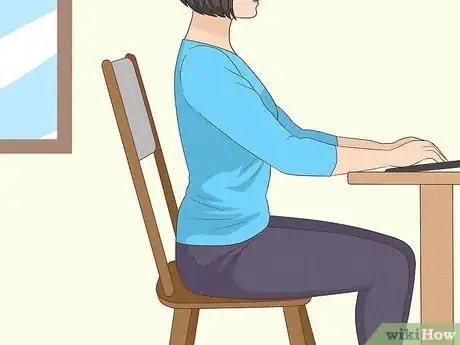
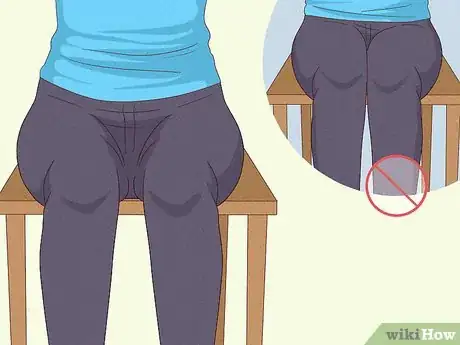
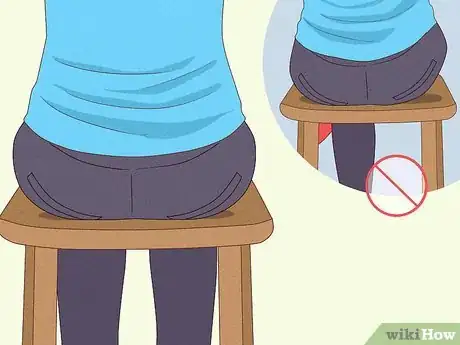
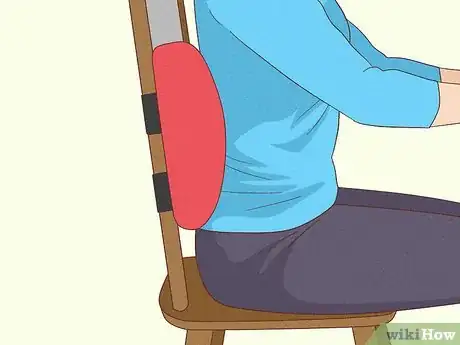
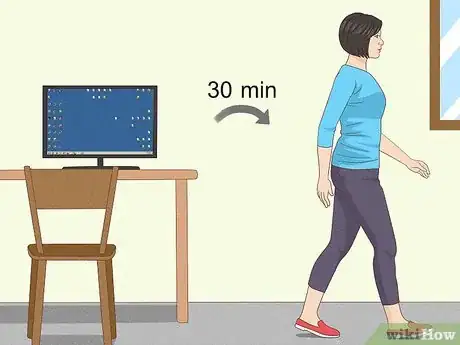
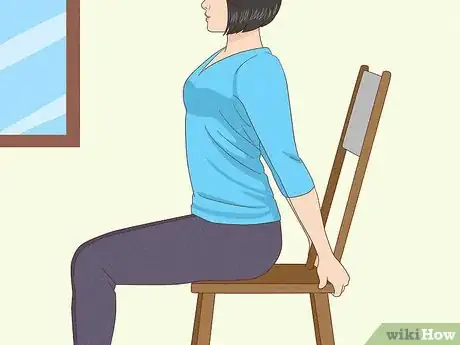
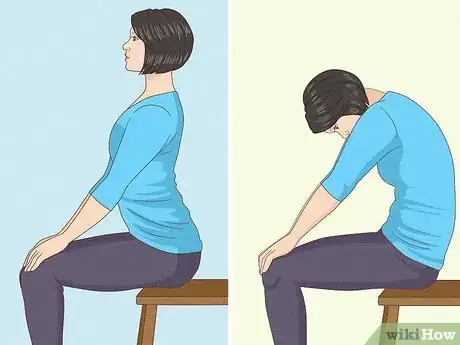
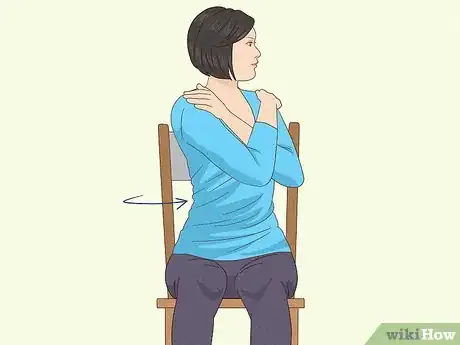
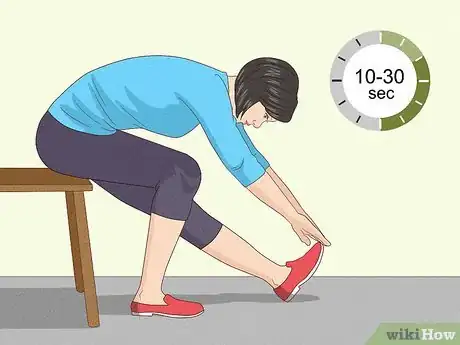

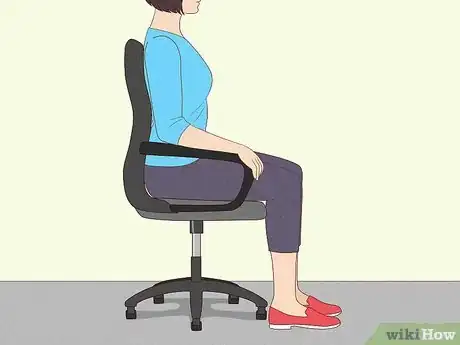
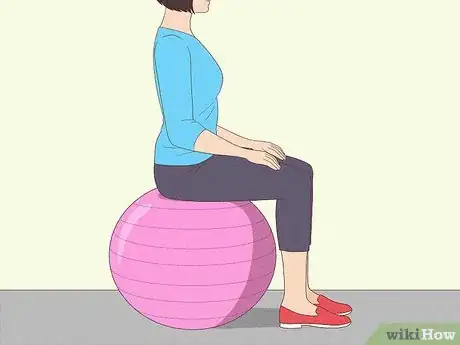
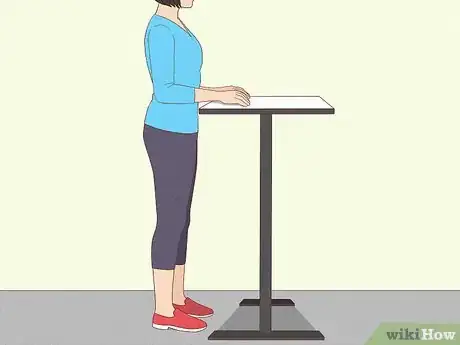

-with-Jaw-Exercises-Step-11.webp)
-Step-20-Version-2.webp)


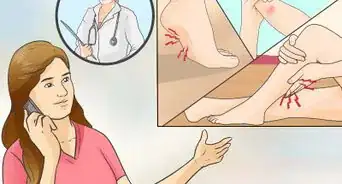













-with-Jaw-Exercises-Step-11.webp)
-Step-20-Version-2.webp)




































Medical Disclaimer
The content of this article is not intended to be a substitute for professional medical advice, examination, diagnosis, or treatment. You should always contact your doctor or other qualified healthcare professional before starting, changing, or stopping any kind of health treatment.
Read More...